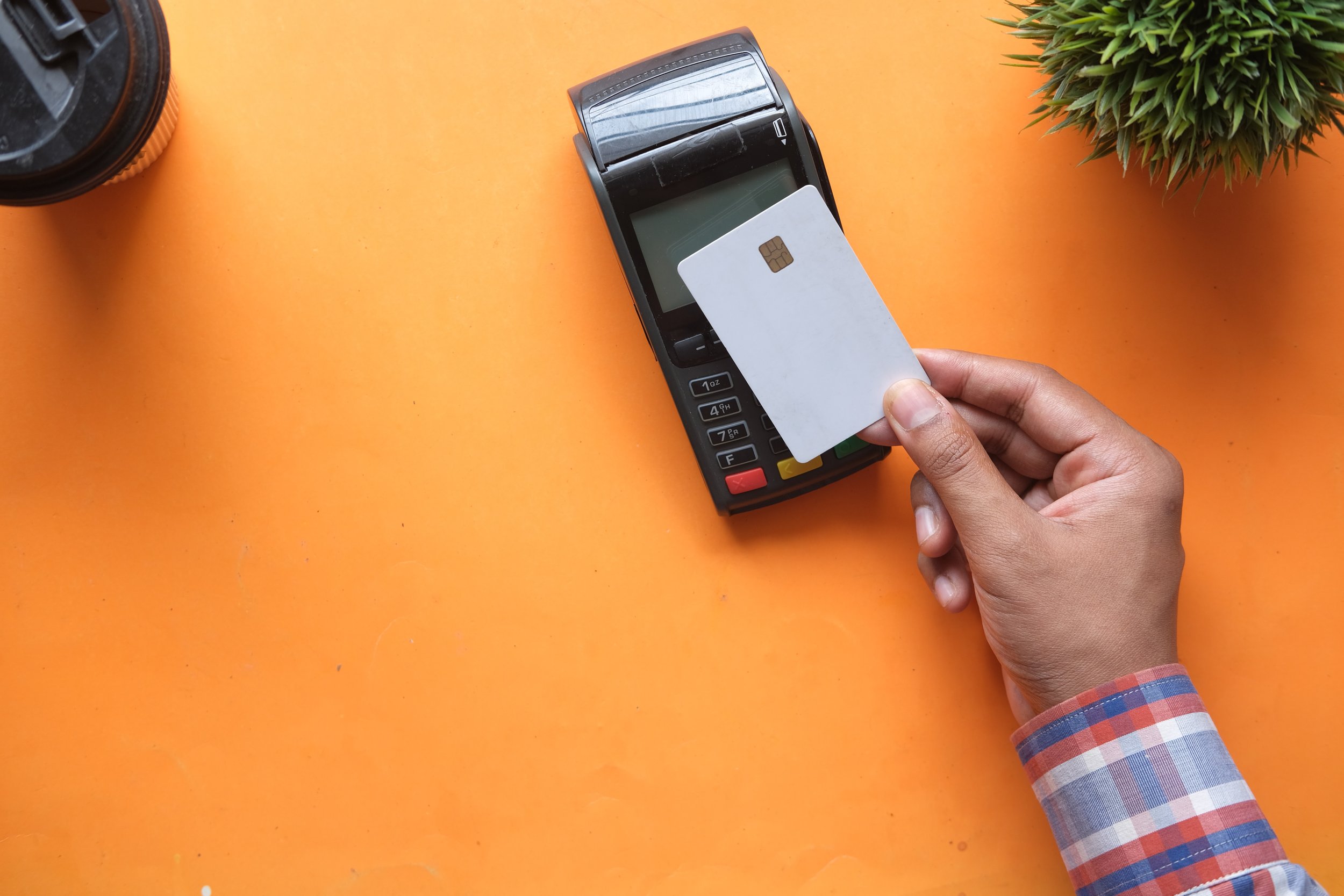If you are new to business, this may be the first time you’ve heard of the term “chargeback”. Before we define it, just know that they can be a nightmare for small business owners. They not only result in lost revenue but also consume precious time and resources.
While often confused with a refund, a chargeback is different. A chargeback is a return of funds to a customer's card account after they dispute a card payment on their statement. A refund is a repayment of a sum of money.[1]
Some chargebacks are legitimate. But because of the lost revenue and time (and headache) it takes to address, small business owners would benefit from putting a strategy in place to deal with this potential ordeal.
Keep reading for 7 strategies to implement to prevent chargebacks.
1. Clear and Transparent Policies
Start by establishing clear and transparent refund and return policies. Make sure these policies are easily accessible on your website, invoices, at the point-of-sale, contracts, and in any communication with customers. When customers know what to expect, they are less likely to initiate a chargeback without first seeking a resolution through your established channels.
2. Detailed Product Descriptions
Provide detailed and accurate product descriptions on your website. Include high-quality images and specifications to ensure that customers receive exactly what they expect. Do you provide services? Are you a coach or a consultant? Be careful to provide a clear scope of the work or project for which you are hired in your contract.
If you frequently receive questions about related services, and it’s not included in the package your client requested, it’s a good idea to also include what is not included in the contract. Misunderstandings about product details and what is and is not included in a service are common triggers for chargebacks.
3. Excellent Client Experience/Customer Service
Do not overpromise and under-deliver. You need to make sure that you can deliver the services that you claim you can deliver and on time. Selling products through your website or other selling platforms? Prioritize excellent customer service. Your phone number, email address, contact information, should not be a game of hide and seek. Address customer inquiries and concerns promptly and professionally. By resolving issues before they escalate to chargebacks, you can build trust and loyalty with your customers.
Also, if you offer subscription-based services or products, make it easy for customers to manage their subscriptions. Provide clear cancellation instructions and ensure that billing is transparent. For example, if you know the transaction will appear as a different name than the one you use for branding purposes, alert your clients (at the point of sale, on the invoice or receipt, and in your policies) what name will appear on their credit card statement. Unauthorized subscription charges can lead to chargebacks.
4. Record Keeping
Maintain detailed records of all transactions, including order confirmations, shipping details, and customer communications. If you provide services, use clear and complete contracts. This is not to say that every contract needs to be 20 pages long, but you want to make sure you are not deleting clauses you deem unimportant for brevity purposes. If you have a conversation about the issues with your client, make sure you follow up with an email to summarize the discussion. This documentation can be invaluable in disputing unwarranted chargebacks.
5. Secure Payment Processing
Invest in secure payment processing systems. Ensure that your website is protected with SSL encryption and that your payment gateway is PCI compliant. This helps protect customer payment data, reducing the risk of unauthorized chargebacks due to security breaches.
6. Delivery Confirmation
If you offer physical products, consider using delivery confirmation services such as tracking numbers or signature confirmation. This provides evidence that the product was delivered to the customer's specified address, making it harder for customers to claim non-receipt.
7. Chargeback Alerts and Prevention Services
Ask your payment processor about chargeback alerts and prevention services. These services can help you detect and prevent fraudulent chargebacks in real-time.
Chargebacks are not an inevitability in business, but since there is a new scam every day, you want to be prepared. As the saying goes, an ounce of prevention is worth a pound of cure. Implement the strategies now, not only for your financial bottom line, but also for the reputation of your small business. If you are not sure what you need, or how to create an effective system to manage these issues, reach out. We can help you!
